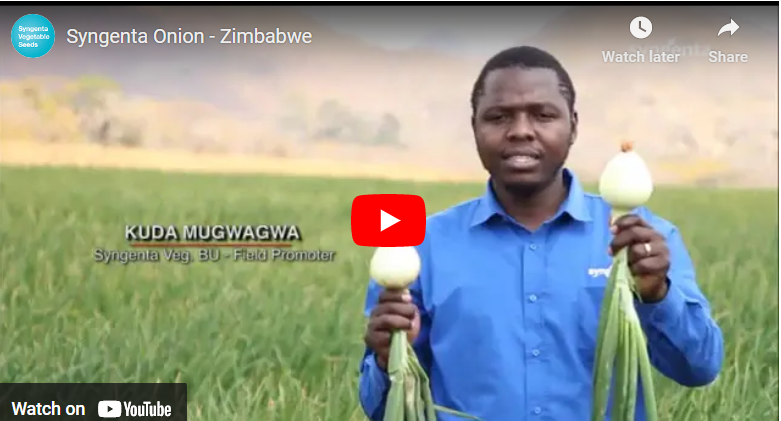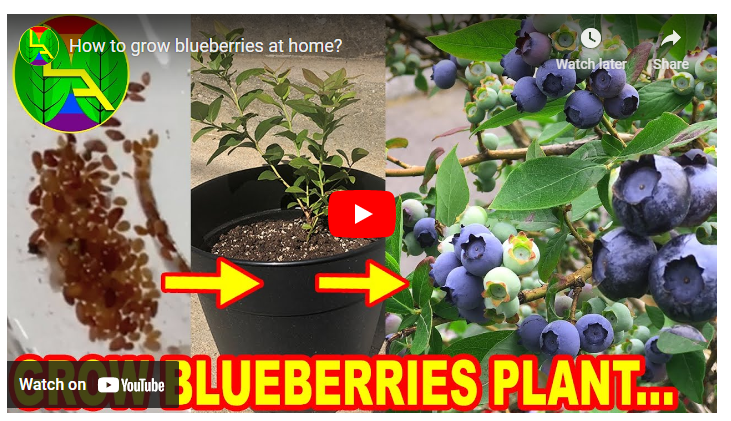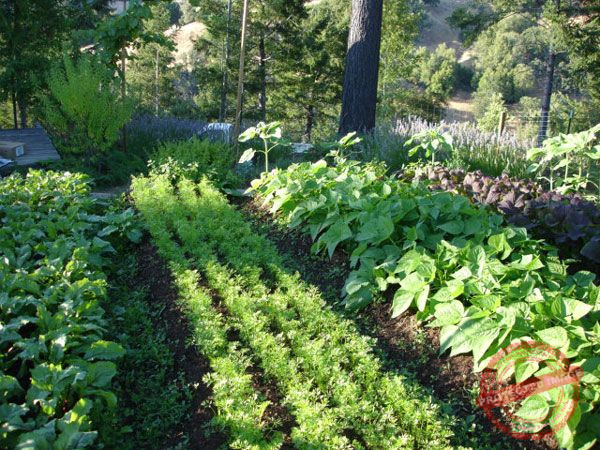There’s something magical about holding a handful of seeds, isn’t there? Tiny, weightless things that somehow carry the promise of a full harvest. Now imagine exchanging those seeds with another grower—someone miles away who’s been nurturing their own little corner of the earth. That’s the beauty of seed swapping. It’s not just about trading seeds; it’s about sharing stories, preserving traditions, and connecting with people who love plants as much as you do.
I still remember my first seed swap. It wasn’t fancy—just a local gathering at a small-town farmers’ market. I showed up with a few envelopes of my heirloom tomato seeds and left with a mix of colorful beans, purple basil, and a sunflower variety I’d never even heard of. But what stuck with me wasn’t the seeds—it was the sense of community. Everyone there had dirt under their nails and stories on their lips. We weren’t strangers anymore; we were growers united by soil and hope.
Now, every fall, I look forward to seed swapping like some folks look forward to pumpkin pie. It’s the season when gardens are winding down, seeds are drying, and growers everywhere are getting ready to plan for next spring. If you’ve never tried it before, you might be missing one of the most rewarding parts of gardening.
20 Reasons Why You Should Try Seed Swapping This Fall
Here are 20 reasons why you should try seed swapping this fall—and maybe even start your own tradition.
1. It Keeps Old Varieties Alive
Every time you share seeds from your garden, you help preserve genetic diversity. Some old varieties aren’t sold commercially anymore, but through swapping, they stay alive. Think of it like saving family recipes—you’re keeping history growing.
2. You’ll Save Money on Seeds
Let’s be honest, buying new seed packets every spring adds up. When you swap, you’re getting new varieties for free (or almost free). I once traded a handful of marigold seeds for enough kale to fill half my garden. Best deal I ever made.
3. You Get to Try Rare and Local Varieties
Swapping often gives you access to plants you’d never find at a big-box store. I once got a melon variety that only grows well in my region—and it thrived better than anything I’d ever bought online. Local growers know what works best where you live.
4. You’ll Build Real Connections
There’s something deeply human about sharing something you’ve grown with your own hands. Whether you’re trading at a local event or through an online seed exchange, swapping seeds turns strangers into friends. You don’t just swap seeds—you swap trust.
5. It’s Eco-Friendly
When you save and swap seeds, you reduce packaging waste and transport emissions from commercial seed production. It’s one of the simplest ways to live more sustainably. Mother Earth appreciates it.
6. You’ll Learn from Other Growers
Ever swapped seeds and ended up chatting about compost or pest control? Happens all the time. Seed swapping is like an open-air classroom. You’ll pick up tricks that only seasoned gardeners know—things you won’t find in any book.
7. You’ll Strengthen Your Garden’s Resilience
Seeds that have been grown and saved locally are already adapted to your climate. That means stronger plants, better yields, and less frustration with unpredictable weather. Swapping locally sourced seeds gives your garden a real advantage.
8. You’ll Gain a Sense of Pride
Growing plants from your own saved seeds—or from seeds shared by a fellow grower—feels different. There’s pride in knowing the full story of your garden, from seed to harvest. When those plants thrive, it’s like a pat on the back from nature.
9. It’s a Great Way to Involve Kids
If you’ve got little ones, seed swapping can turn into a fun learning experience. Have them label envelopes, research plant types, and trade seeds with other young gardeners. It teaches patience, generosity, and the circle of life—all from a handful of seeds.
10. You’ll Be Part of a Bigger Movement
Seed swapping isn’t new. It’s been happening for centuries among farmers, Indigenous communities, and small growers. By joining in, you’re taking part in a global effort to protect seed diversity and resist the industrial standardization of our food system.
11. It Encourages You to Save Seeds Properly
Once you start swapping, you’ll naturally want to improve your seed-saving skills. You’ll learn how to dry, clean, and store seeds correctly. It’s a skill that pays off every year—and one every grower should know.
12. It’s Perfect for Fall
Fall is when most plants finish their cycle and produce seeds. You’re already collecting them, so why not trade some? It’s a productive way to wrap up the growing season before winter sets in. While others are raking leaves, you’ll be preparing for next spring.
13. You’ll Discover New Plants You Never Thought to Grow
The first time someone handed me a packet of amaranth seeds, I had no idea what to do with them. I planted them anyway, and by midsummer, I had tall, vibrant red plants waving proudly in the sun. Swapping expands your garden in unexpected ways.
14. It Encourages Sharing, Not Hoarding
There’s a simple joy in giving. When you share your seeds, you’re giving others the chance to experience what you’ve grown. It’s not about keeping the best for yourself—it’s about multiplying abundance.
15. It Sparks Creativity in the Garden
Ever tried growing something just because someone insisted, “You’ve got to see how this one turns out”? Swapping challenges you to step outside your comfort zone and get creative with your planting choices.
16. It Makes Gardening Feel More Personal
Each seed carries a story. Maybe it’s from a family heirloom tomato that’s been passed down for generations or a neighbor’s grandmother’s beans. When you plant them, you’re not just growing food—you’re continuing someone else’s legacy.
17. You’ll Have Backup Seeds for Emergencies
Sometimes a crop fails, or weather ruins your harvest. When you’ve been swapping, you’re less likely to run out of seeds altogether. You’ll have backups from other growers and a variety of options to try again.
18. It Builds Confidence as a Gardener
Saving, sharing, and successfully growing swapped seeds makes you feel capable. It’s proof that you’ve learned the cycles of nature well enough to sustain them yourself. And once you feel that, gardening stops being a hobby—it becomes part of who you are.
19. You’ll Inspire Others to Join In
When friends see your garden thriving with unique plants, they’ll ask where you got them. Before you know it, you’ll be helping them start their own seed collections. And that’s how a small idea becomes a community tradition.
20. It Just Feels Good
Let’s not overthink it—swapping seeds simply feels right. It’s generous, grounding, and joyful. You give a little, you receive a little, and everyone walks away richer. That’s the kind of simple, honest exchange the world could use more of.
How to Start Seed Swapping This Fall
Ready to give it a try? Here’s a quick guide to get you started.
1. Collect and Prepare Your Seeds
Wait until your plants are fully mature. Collect seeds from healthy specimens, dry them thoroughly, and store them in labeled paper envelopes. Include details like the variety name, harvest date, and growing notes.
2. Find Local or Online Seed Swaps
Check local gardening clubs, farmers’ markets, or community centers for fall swap events. Online platforms like Seed Savers Exchange, Facebook gardening groups, and Reddit’s r/gardening also host swaps year-round.
3. Be Honest and Generous
If your seeds are experimental or you’re not sure of the variety, say so. Most swappers don’t mind—they love surprises! Offer extras if you can; generosity is the heart of swapping.
4. Keep Track
Make a small journal or spreadsheet of what you received, where it came from, and how it performed in your garden. You’ll thank yourself next season when you’re planning what to plant again.
Seed Storage & Labeling Kits You’ll Want
1. Huion Archival Seed Storage Envelopes
A set of archival-quality, acid-free paper envelopes with flaps and pre-printed lines for variety, date, and notes. Keeps seeds safe from moisture and light.
Where to Buy: Amazon, specialty seed supply shops
2. Garden Marker Labels & Waterproof Pen Kit
Plastic or metal plant labels with a fine-tip, waterproof marker. Ideal for naming seed varieties or labeling trays and envelopes.
Where to Buy: Home Depot, Walmart, Amazon
3. Seed Organizing Box with Dividers
A small plastic or wooden box with adjustable compartments. Perfect for storing multiple seed packets upright and in order.
Where to Buy: Michaels, Amazon, craft stores
4. Mylar Storage Bags with Desiccant Packs
Thick, durable mylar bags paired with silica gel packs for long-term dry, dark storage. Especially good for preserving older or valuable seeds.
Where to Buy: Seed Savers Exchange, ULINE, Amazon
5. Labeling Sticker Sheets & Transparent Labels
Clear vinyl sticker sheets you can cut to size and attach to jars, envelopes, or trays. Weatherproof and easy to write on.
Where to Buy: Avery, Staples, Amazon
6. Seed Storage Binder with Sleeves
A 3-ring binder with see-through sleeves sized for seed envelopes. Great for cataloging and flipping through your collection.
Where to Buy: Office supply stores, Amazon, gardening catalogs
Common Mistakes to Avoid When Swapping Seeds
Even seasoned gardeners slip up sometimes. Here’s what to watch for:
-
Don’t swap seeds from hybrid plants—they won’t grow true to type.
-
Avoid damp or improperly dried seeds; they’ll mold in storage.
-
Don’t overpromise. If you’re short on seeds, trade fewer varieties.
-
Skip swapping if your plants had diseases—better safe than sorry.
A little care goes a long way toward keeping everyone’s gardens healthy and productive.
FAQs About Seed Swapping
Q: Can beginners join seed swaps?
Absolutely. Swaps welcome everyone—from first-time gardeners to master growers. Start small with easy seeds like beans, marigolds, or lettuce.
Q: How long do saved seeds last?
Most seeds last 2–3 years if kept cool and dry. Some, like tomatoes and peppers, can remain viable for up to 5 years.
Q: Do I need to label my seeds professionally?
No fancy labels needed. Just write clearly—include the plant name, year saved, and any special notes (like “tolerates heat” or “great flavor”).
Q: What’s the best way to store swapped seeds?
Use paper envelopes or small glass jars. Keep them in a cool, dark, and dry place—like a pantry or basement shelf.
Q: Can I swap seeds internationally?
It depends on your country’s import laws. Many seed swaps are local for that reason, but you can always connect with nearby gardeners online.
Why Fall Is the Perfect Time
Fall is when everything slows down. The harvest is in, the soil is cooling, and you finally have time to reflect on what worked and what didn’t. It’s also when your plants are offering up their seeds—little gifts for the future.
Seed swapping in fall just feels right. It connects the end of one growing season to the promise of the next. You’ll pack away your summer memories in tiny envelopes and share them with others who are doing the same. It’s the circle of gardening, complete.
Final Thoughts from a Fellow Grower
If there’s one thing farming and gardening have taught me, it’s that the best things in life are meant to be shared. A handful of seeds might seem small, but when shared, they multiply—feeding families, pollinators, and futures.
This fall, give swapping a try. Don’t worry about being perfect. Bring what you have, take what you need, and let nature do the rest. You might just find that what you grow next spring isn’t just new plants, but new friendships and new hope too.
So, what do you say—ready to start swapping this fall?



